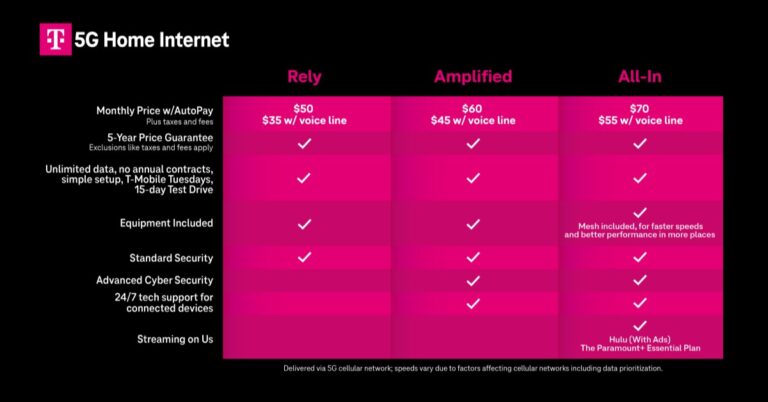RTL Deutschland has partnered with Deutsche Telekom to deploy a private 5G campus network at its broadcasting center in Cologne. This innovative solution will be operational just in time for the European Football Championship 2024, enhancing TV production capabilities with 5G standalone (5G SA) technology. This collaboration marks a significant milestone in media production, making RTL Deutschland the first in Germany to leverage a private 5G network for its production studios.
Challenges in Traditional TV Production
Traditional TV production relies heavily on wired cameras, which can be cumbersome and limit flexibility. The goal was to transition to a more agile setup using wireless technology. Additionally, live broadcast-quality needs to be maintained even when public mobile networks are congested, particularly during high-profile events like the European Championship.
5G Network Solution by Deutsche Telekom
Deutsche Telekom has installed a dedicated private 5G campus network for RTL Deutschland, offering a robust infrastructure supporting ultra-low latency data-intensive applications. This setup includes six antennas strategically placed around the broadcasting center, ensuring seamless indoor and outdoor coverage. The 5G SA network operates on exclusive frequencies, providing high upload bandwidths and minimal delay rates.
Successful 5G Implementation and Testing
The network will support wireless cameras, microphones, and intercoms, enhancing the flexibility and efficiency of TV production. This has already been demonstrated through successful tests of live broadcasts via Telekom’s public 5G SA network using network-slicing technology. During the European Football Championship, the campus network will extend its coverage to neighboring event sites, ensuring uninterrupted live broadcasts even in high-demand scenarios.
Choosing 5G Standalone for Enhanced Production
The choice of 5G standalone technology for the campus network was driven by its ability to offer minimal response times and high bandwidths. Ericsson provided the complete infrastructure, from antennas to the core network, installed locally to ensure that all data traffic remains within the campus network, enhancing security and reliability.
Key Benefits of RTL’s Private 5G Network
This setup allows for unprecedented flexibility in TV production, enabling the use of wireless cameras and other equipment. The high upload bandwidths and low latency ensure smooth live broadcasts. The closed nature of the network guarantees high data security, and the local core network’s redundancy ensures continuous operation even if the cloud-based management portal fails.
Industry Impact of 5G in Media Production
The successful implementation of this private 5G campus network sets a new standard in the media industry. It demonstrates how media companies can leverage advanced technologies to improve production efficiency and broadcast quality, paving the way for other broadcasters to adopt similar solutions.
RTL Deutschland’s Technological Advancements
RTL Deutschland has been proactive in embracing innovative technologies to enhance its content production and distribution. By partnering with Deutsche Telekom, they have ensured that their broadcast operations are at the forefront of technological advancements, particularly with the deployment of a private 5G network.
Deutsche Telekom and Ericsson’s Contributions
Deutsche Telekom, with its extensive experience in telecommunications, has provided the technical expertise and infrastructure required for this project. Ericsson’s role in supplying and installing the network components has been crucial in ensuring the system’s robustness and efficiency.
Current Status and Readiness for Euro 2024
The private 5G campus network is fully installed and operational, ready to be utilized during the European Football Championship 2024. Continuous testing and optimization are underway to ensure peak performance during the event.
The project began with initial planning and setup in early 2023. By mid-2023, the infrastructure installation was completed, followed by extensive testing. The network is now live, with full deployment and operational status achieved in early 2024, just ahead of the European Football Championship.
Endorsements from Industry Leaders
Matthias Dang, Chief Commercial, Technology & Data Officer at RTL Deutschland, highlighted the network’s role in enhancing content production and distribution.
Klaus Werner, Managing Director for Business Customers at Telekom Deutschland, emphasized the innovative partnership and the network’s capability to meet the high demands of live TV production.
By embracing this private 5G network, RTL Deutschland and Deutsche Telekom are setting a benchmark for the future of media production, ensuring high-quality, flexible, and secure broadcasting capabilities.
For more information on related technologies, visit these links: Private Networks, 5G, and Network Slicing.

































